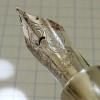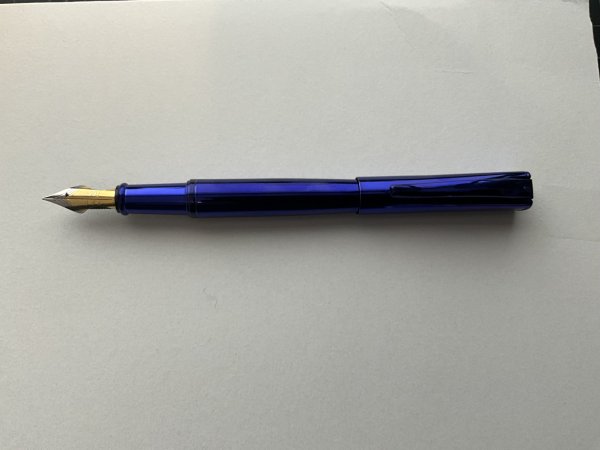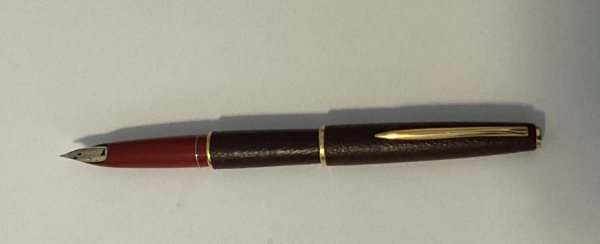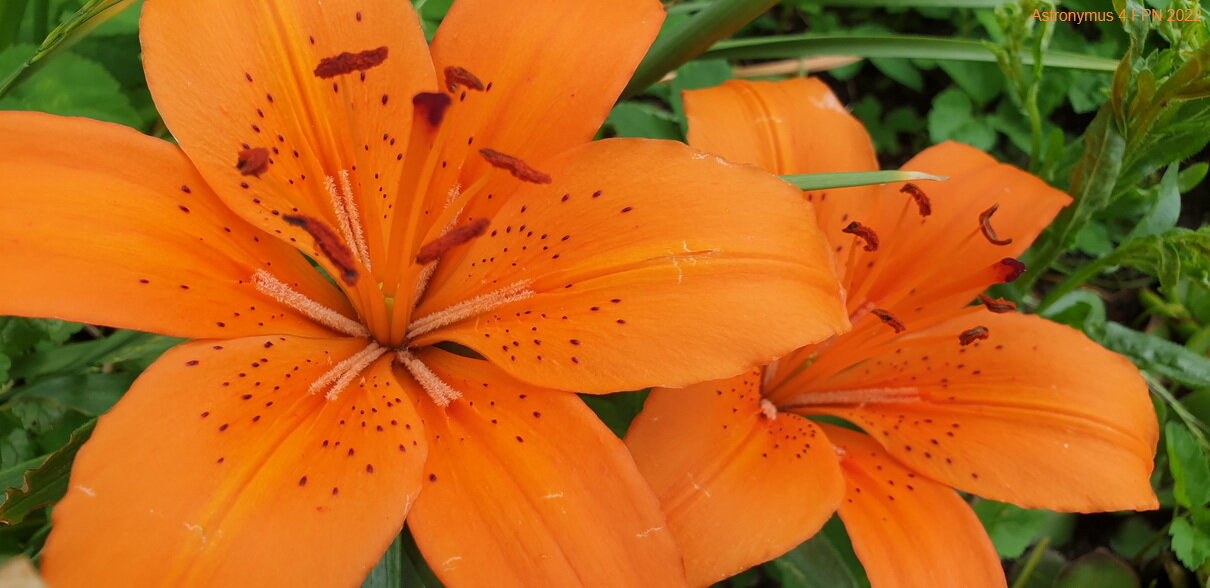Daiso A5 20-Ring Looseleaf Review
-
Forum Statistics
354.8k
Total Topics4.6m
Total Posts -
Member Statistics
127,826
Total Members18,857
Most OnlineNewest Member
lalendi_yqMn
Joined -
Images
-
Albums
-
Dan Carmell
- By Dan Carmell,
- 0
- 0
- 12
-
Ne
- By Penguincollector,
- 0
- 3
- 43
-
USG 6
- By USG,
- 0
- 0
- 97
-
Andrew Lensky Arts
- By Andrew_L,
- 0
- 19
- 31
-
Photos misc
- By Astronymus,
- 0
- 1
- 17
-















.thumb.jpg.f07fa8de82f3c2bce9737ae64fbca314.jpg)



.thumb.jpg.331e554113c33fb39d5bf3233878978a.jpg)





Recommended Posts
Create an account or sign in to comment
You need to be a member in order to leave a comment
Create an account
Sign up for a new account in our community. It's easy!
Register a new accountSign in
Already have an account? Sign in here.
Sign In Now